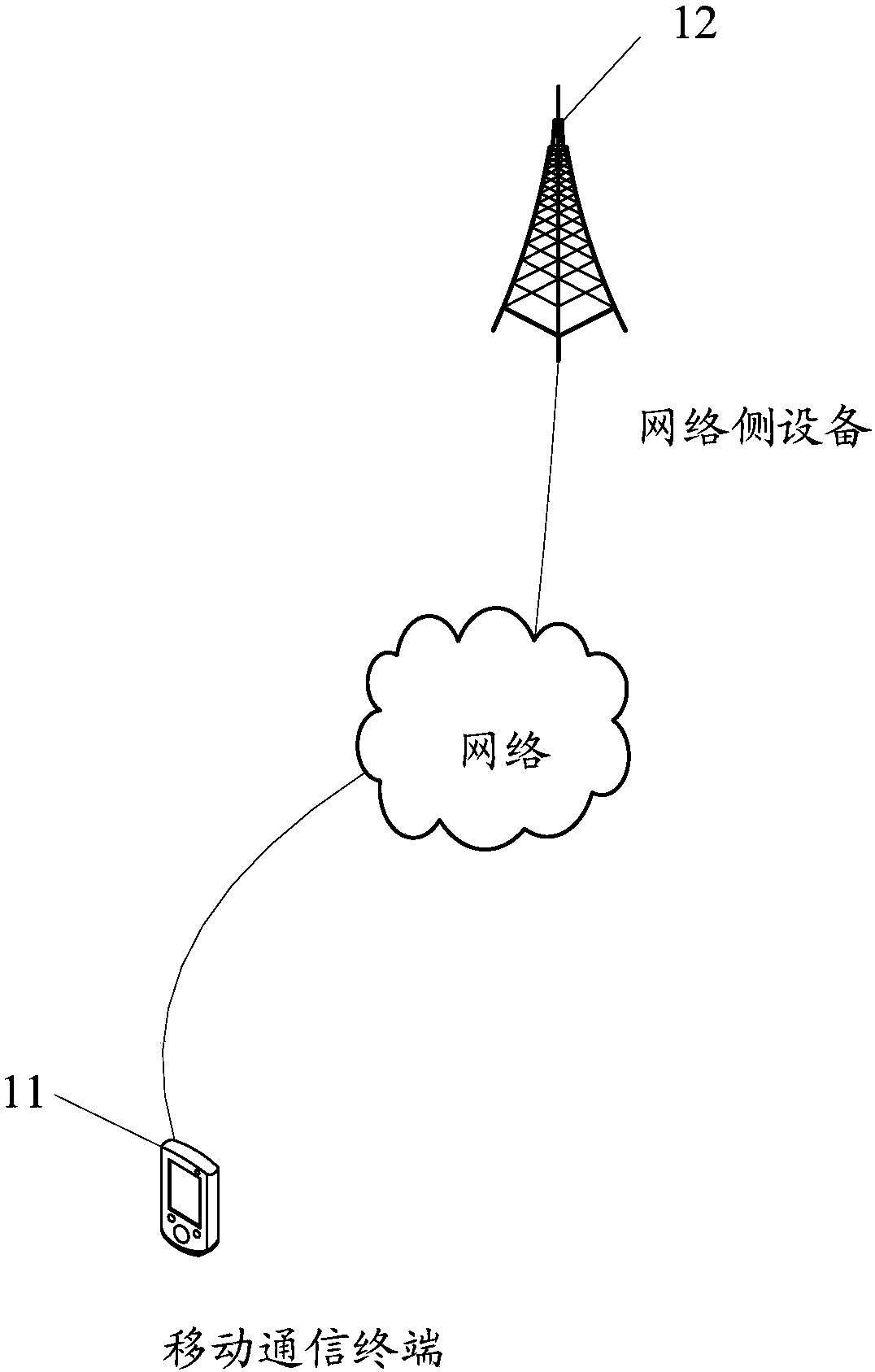PUCCH transmission method, mobile communication terminal and network side device
A technology of a mobile communication terminal and a transmission method, which is applied in the field of mobile communication terminals and network side equipment, and can solve problems such as ambiguity
- Summary
- Abstract
- Description
- Claims
- Application Information
AI Technical Summary
Problems solved by technology
Method used
Image
Examples
Embodiment Construction
[0203] The following will clearly and completely describe the technical solutions in the embodiments of the present invention with reference to the accompanying drawings in the embodiments of the present invention. Obviously, the described embodiments are some of the embodiments of the present invention, but not all of them. Based on the embodiments of the present invention, all other embodiments obtained by persons of ordinary skill in the art without creative efforts fall within the protection scope of the present invention.
[0204] With the development and change of mobile communication service requirements, organizations such as ITU and 3GPP have begun to study new wireless communication systems (such as 5G NR, 5Generation New RAT). A new frame structure is defined in a new wireless communication system, which supports different baseband parameters (numerology, including parameters such as subcarrier spacing, etc.). For different baseband parameters, it is defined that th...
PUM
 Login to View More
Login to View More Abstract
Description
Claims
Application Information
 Login to View More
Login to View More - R&D
- Intellectual Property
- Life Sciences
- Materials
- Tech Scout
- Unparalleled Data Quality
- Higher Quality Content
- 60% Fewer Hallucinations
Browse by: Latest US Patents, China's latest patents, Technical Efficacy Thesaurus, Application Domain, Technology Topic, Popular Technical Reports.
© 2025 PatSnap. All rights reserved.Legal|Privacy policy|Modern Slavery Act Transparency Statement|Sitemap|About US| Contact US: help@patsnap.com



